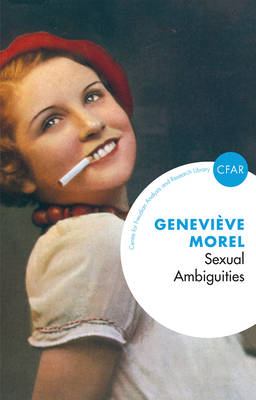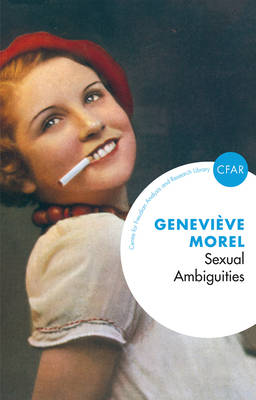
- Afhalen na 1 uur in een winkel met voorraad
- Gratis thuislevering in België vanaf € 30
- Ruim aanbod met 7 miljoen producten
- Afhalen na 1 uur in een winkel met voorraad
- Gratis thuislevering in België vanaf € 30
- Ruim aanbod met 7 miljoen producten
Zoeken
Omschrijving
How does one become a man or a woman? Psychoanalysis shows that this is never an easy task and that each of us tackles it in our own, unique way. In this important and original study, the author focuses on what analytic work with psychotic subjects can teach us about the different solutions human beings can construct to the question of sexual identity.Through a careful exposition of Lacanian theory, the author argues that classical gender theory is misguided in its notion of 'gender identity' and that Lacan's concept of 'sexuation' is more precise. Clinical case studies illustrate how sexuation occurs and the ambiguities that may surround it. In psychosis, these ambiguities are often central, and the author explores how they may or may not be resolved thanks to the individual's own constructions. This book is not only a major contribution to gender studies but also an invaluable aid to the clinician dealing with questions of sexual identity.
Specificaties
Betrokkenen
- Auteur(s):
- Uitgeverij:
Inhoud
- Aantal bladzijden:
- 320
- Taal:
- Engels
- Reeks:
Eigenschappen
- Productcode (EAN):
- 9780367106027
- Verschijningsdatum:
- 14/06/2019
- Uitvoering:
- Hardcover
- Formaat:
- Genaaid
- Afmetingen:
- 152 mm x 229 mm
- Gewicht:
- 748 g

Alleen bij Standaard Boekhandel
+ 364 punten op je klantenkaart van Standaard Boekhandel
Beoordelingen
We publiceren alleen reviews die voldoen aan de voorwaarden voor reviews. Bekijk onze voorwaarden voor reviews.











